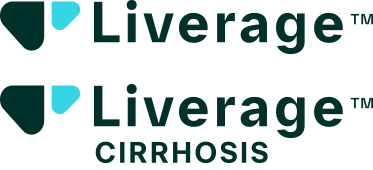The LIVERAGE™ and LIVERAGE™ Cirrhosis Studies are assessing the same study medication to see whether it might improve liver health for people with various stages of fatty liver disease.
The study medication in both LIVERAGE™ and LIVERAGE™ Cirrhosis is called survodutide. Survodutide is designed to:
- Help lower body weight and increase energy use.
- Improve blood sugar levels.
- Decrease liver fat content and liver hardness.
Both studies are comparing survodutide with a placebo. The placebo looks like survodutide but has no therapeutic value.
You will have a 2 in 3 (67%) chance of receiving survodutide, and a 1 in 3 (33% chance) of receiving placebo. This will be chosen at random (i.e., by chance) by a computer. Neither you nor the study team will know whether you are receiving survodutide or placebo. This strategy is often used in clinical studies to make sure the results are handled fairly, without any biased opinions or expectations.
Both survodutide and placebo will be given once every week by self-injection just under the skin. You will be shown how to give yourself the study injections. Full training will be provided to make sure you are able and confident to do this. Other arrangements can be made if you are not able to self-inject.
Most medications (approved and study medications) have some side effects associated with their use. However, not everyone is expected to experience them. Based on results from previous clinical studies, the main side effects relate to your digestive system. Any side effects relating to survodutide are expected to be temporary, easy to monitor, and manageable in the study setting. If you are interested in taking part, a study team member will be happy to discuss this topic with you.
You will receive long-term nutrition and physical activity advice to support you in adopting healthy lifestyle choices.
The studies do not have a fixed length. Participation in the LIVERAGE™ Study may last about 7 years. Participation in the LIVERAGE™ Cirrhosis Study may last up to 4.5 years.
You will attend regular study visits. Some will take place at the study site, others may be arranged remotely via video call. The visits will initially be every 2 weeks, moving to every 4 and then every 6 weeks from month 6 onwards.
Throughout the study, you will be required to fill in diaries to record dates and times of your study injections, and to log details about your nutrition and physical activity.
You may be required to have one or more liver biopsies. This means a tiny amount of your liver tissue is removed during a procedure at the study site. You will be given local numbing before a needle is passed just under your right ribcage. The needle is specially designed so it can remove a small bit of liver tissue. The study doctor will be able to see a live image of your body on a screen while doing the procedure. Scroll down to the bottom of this page for a video describing what you can expect during the procedure.


